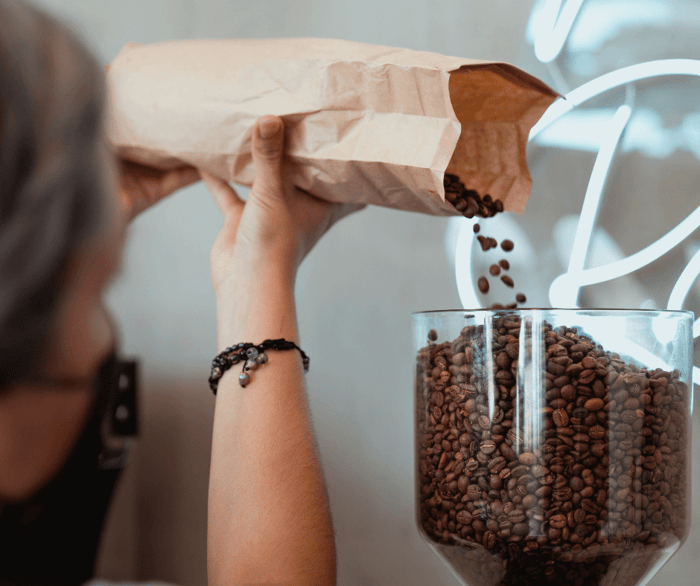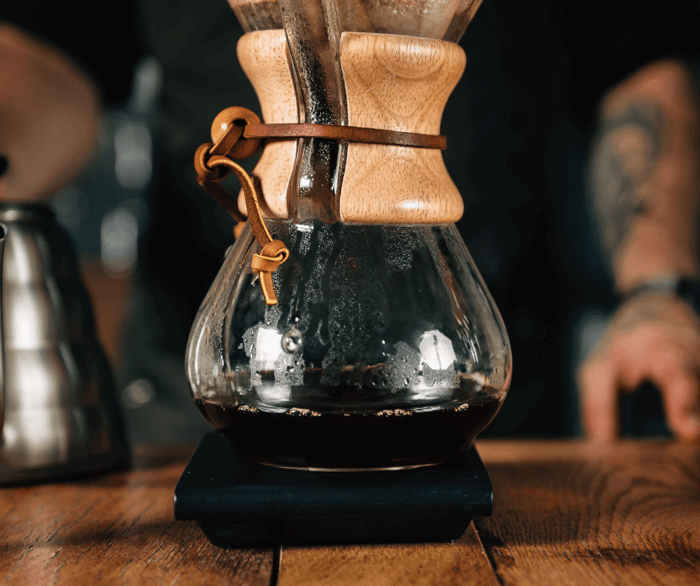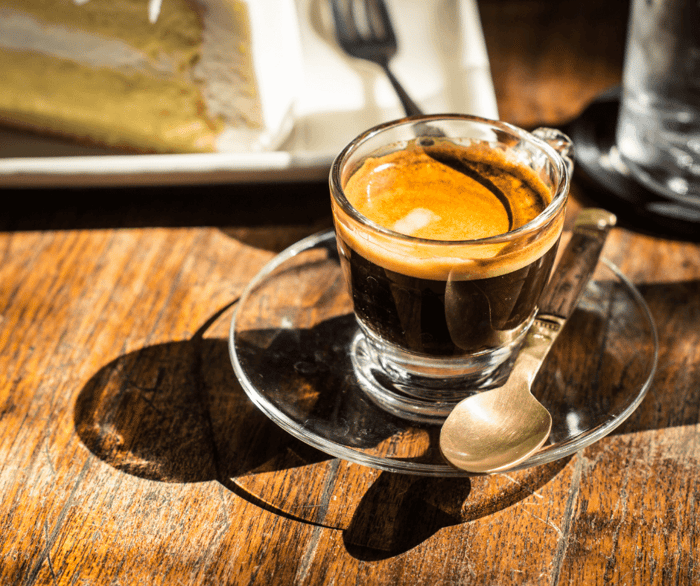Even if your coffee doesn’t have a date on its packaging, there are a variety of ways to tell whether you’re dealing with fresh beans or not.
There are also quite a few myths floating around out there on the Internet about testing the freshness of coffee. In this article, I’ve listed 3 of the simplest, most reliable ways to see whether your coffee beans are fresh or not; at the end, we’ll debunk one of the most common myths floating around out there.
Keep in mind that coffee beans can be stored for a very long time if kept in proper conditions: an unopened, airtight container without exposure to light, heat, or moisture.
Note: While coffee obviously tastes best during its all-too-brief “peak” freshness period, good quality coffee that’s been stored properly can still be rich, delicious, and full of caffeine months or even a year (or more) after roasting.
So don’t toss out those beans simply because they don’t pass one of the methods below—you just might be wasting perfectly good coffee!
With that caveat out of the way, here are three simple methods you can use to test coffee beans for freshness:
Method #1 – Does it bloom?
The easiest way by far to tell if your coffee is fresh is to test them for “the bloom.” If you’ve ever brewed using a pour over method, a Chemex, an AeroPress, a French Press, or any similar coffee brewing equipment, you’re already familiar with coffee blooming.
If you haven’t, “blooming” is what freshly roasted, freshly ground coffee does when it comes in contact with hot water. It produces a bubbly foam and causes the grounds to rise up as carbon dioxide is released.
Whole coffee beans give off carbon dioxide for approximately 2 weeks after roasting. When you grind them and expose them to hot water, the CO2 starts coming out quickly. If your coffee doesn’t bloom at all, then there is no CO2 escaping; hence your coffee beans aren’t super fresh.
Method #2 – Do they have a strong aroma?
Fresh coffee, without exception, has a strong smell. If you can’t easily smell your coffee beans, they’re probably not too fresh.
Everyone’s sense of smell is different, so it can sometimes be difficult to judge freshness using “the smell test” alone. However, if your coffee beans have a strong, pleasant aroma, they’re probably fresh. If you have to really lean in and try to detect the aroma, your beans are probably a bit past their prime.
Method #3 – “The Ziploc Test”
Yet another way to test coffee beans for freshness is to place a handful of them into a small plastic zip-top bag. Push the air out of the bag as much as possible, then seal the top of the bag tightly. Let the bag sit overnight and check it the next day.
If the bag has inflated, your coffee beans are very fresh. If not, the coffee isn’t “just roasted” fresh—though it may still be completely delicious and worth brewing.
Myth: You can tell whether coffee is fresh or not by whether the beans are oily or dry.
This is—mostly—a common misconception. Whether coffee beans are oily or dry has nothing to do with when they were roasted, but how they were roasted. I’ve seen old, stale coffee beans that were oily, and I’ve seen bone-dry coffee beans that were fresh.
Now, you can attempt to test coffee beans for freshness by squeezing coffee beans in your hand and checking for oil residue. But this is hard for a layperson to do, and it’s very easy to mistake fresh coffee beans for stale beans this way.
This is why I don’t personally recommend testing coffee for freshness this way. And besides, you have 3 more reliable, less-messy methods above to choose from.
Want More Coffee Content?
- Daily Coffee Grind - Click Here
- Coffee Reviews - Click Here
- Coffee Brewing Guides - Click Here
- Coffee Brewer Reviews - Click Here









